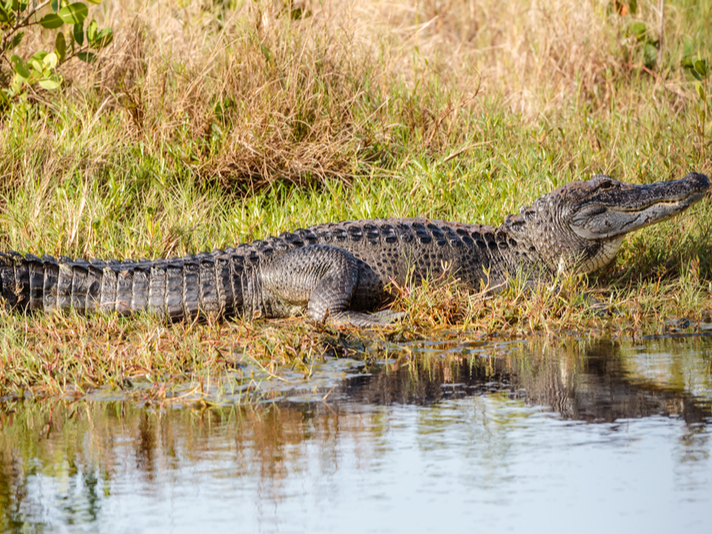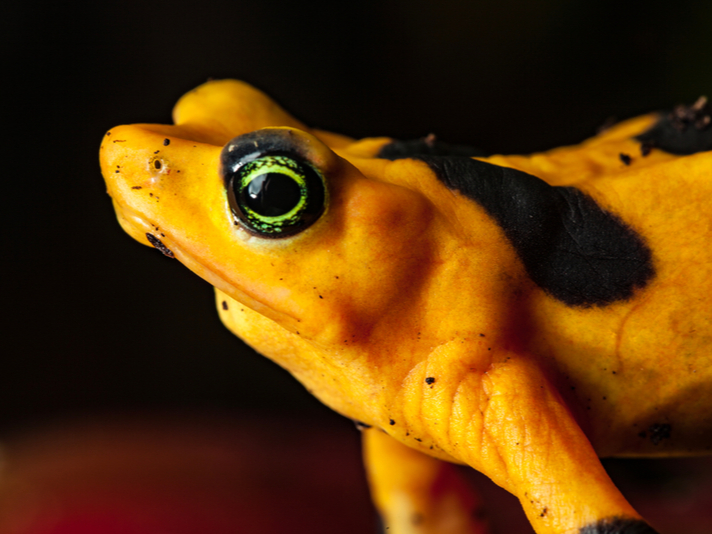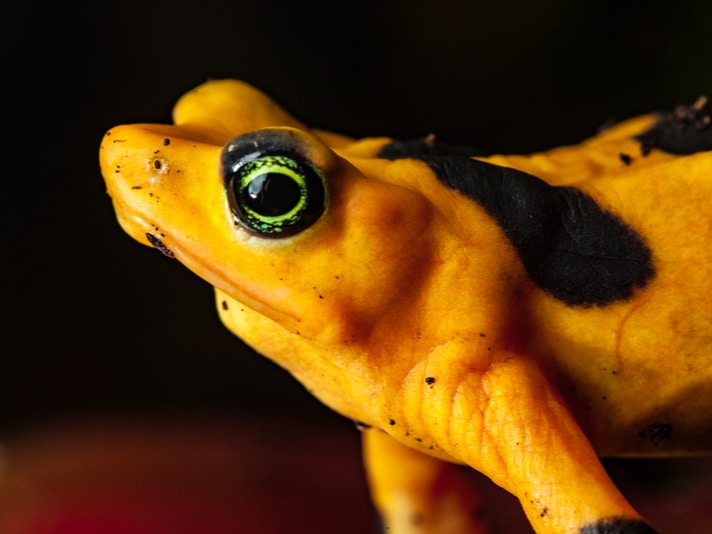These are just few examples of the important work of dedicated conservationists who refuse to allow reptiles and amphibians to go extinct.
Humans have rapidly changed the planet and are continuing to do so, engineering landscapes for our growing population. Sometimes, there is no simple way to manage this large amount of people, and wildlife has had a hard time facing this reality. Reptiles and amphibians are currently declining in the wild, due to both known and unknown sources. According to many studies, the decline in reptile and amphibian diversity is atonishing. Habitat loss, invasive species, climate change, and pollution are just a few of these reasons, and wildlife is now fighting to survive. They can’t do it alone, so captivity is the only savior for many of these threatened and endangered species. When you go to the zoo, or any captive facility, do you ever hear people say “those animals shouldn’t be in cages!”? I hear this frequently from people who don’t exactly understand the importance of captivity, and sometimes these wildlife organizations face criticism with concerns of animal welfare. I always love taking the time to explain the importance of captive efforts.
Captivity and zoos provide a safe haven for a plethora of reptiles and amphibians (and many other species, too). Although there are questionable facilities, the professional conservatories absolutely provide an enriching life for their captive animals. These animals don’t face predators, disease, invasive species, starvation, or extinction. They are set up in naturalistic habitats in which I believe they probably don’t even realize they aren’t in the wild. “Assurance colonies” is a term for critically endangered and threatened animals in captivity. These colonies provide conservation programs with breeding groups to ensure the species will not go extinct (even if they do in the wild.) This can be organized by the AZA (Association of Zoos and Aquariums) Species Survival Plans, or private sectors working with or without the AZA too. There are hundreds of thousands of zoos and private conservatories all around the world working to save reptiles and amphibians through assurance colonies.
For example, the Australian Corroboree frog (Pseudophryne corroboree) was on the brink of extinction due to the nasty chytrid fungus disease that is affecting amphibians worldwide. Australia has already lost six frog species to extinction in the wild, but thanks to the Taronga Zoo in Sydney, assurance colonies are making sure the Corroboree frog will never be one of them. Their breeding program has been so successful for the species that they are releasing them into special fungus-free wild habitats and have been a marker for the successes of amphibian conservation programs.

JATillard/Shutterstock
The American alligator was placed on the Endangered Species List in 1967 and removed from the list in 1987.
In the 1970s, the American alligator (Alligator mississippiensis) had almost gone extinct in the wild, but captive breeding programs for farming were so successful that American alligators can now be found by the millions in the southeast United States. This farming was organized by private sectors and state regulations, which included farms for meat, handbags, and other products. The breeding was so successful that a percentage of these farmed alligators were released back into the wild, boosting their populations from extinction.

K Hanley CHDPhoto/Shutterstock
A critically endangered Panamanian golden frog (Atelopus zeteki) in captivity.
The Panamanian golden frog (Atelopus zeteki) was declared extinct in 2007, because of the chytrid fungus. The species was already compromised because of the illegal pet trade and habitat loss, and when the fungus hit them they didn’t stand a chance. Luckily though, conservationists responded to this emergency with an AZA survival plan of the species called “Project Golden Frog,” which has assurance colonies now breeding in captivity with high hopes for the future of the species in the wild.
The Myanmar roofed turtle (Batagur trivittata) was declared extinct with no hopes of captive assurance colonies, until one shell remnant was found in 2001. Upon this discovery, live individuals were found in a nearby Chinese wildlife market and ponds. The Turtle Survival Alliance (TSA), along with the Wildlife Conservation Society (WCS) kept assurance colonies of the species and after raising individuals under the supervision of vets and herpetologists, they announced that 60 Myanmar roofed turtles had been released back into their wild habitats. This species was thought to be completely extinct, and is still one of the world’s most endangered turtles today. With the dedicated efforts of this program, “more than 350 villagers, government representatives, and religious leaders attended ceremonies for the release,” according to a Wildlife Conservation Society news release. This shows solidarity for the project on so many levels, which is just as important as the mission itself!
These are just few examples of the important work captivity facilitates and the dedicated conservationists who refuse to allow reptiles and amphibians to go extinct. This is a group effort usually partnering with state officials, veterinarians, herpetologists, volunteers, and more. It’s so important that the public is aware of the importance of captivity, so we can preserve the wonderful reptile and amphibian diversity of our planet. Unfortunately, there will always be exceptions and low standard zoos, but legitimate conservatories spend millions of dollars in care, enrichment, assurance colonies, and vet bills, and many private sectors rely on faithful volunteers to lend a helping hand to these expensive projects. Captivity gets criticism for being “prison,” but really it is protection and a vital step to species preservation, especially for reptiles and amphibians.


